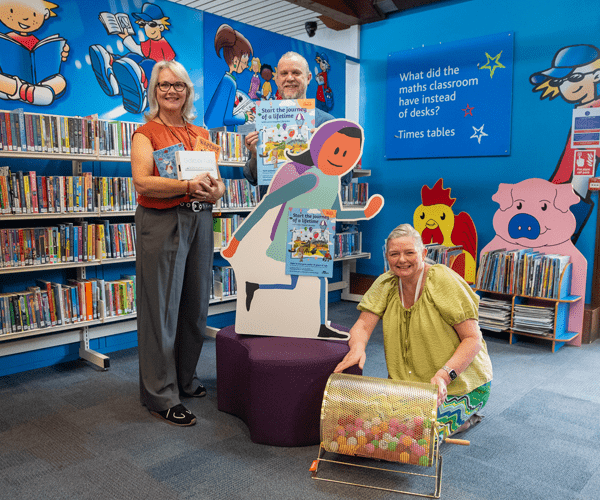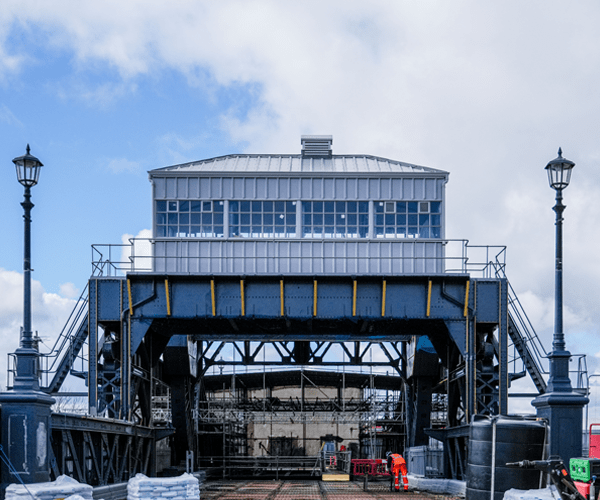Chris
5/30/2025 11:09:27 AM
4 mins read
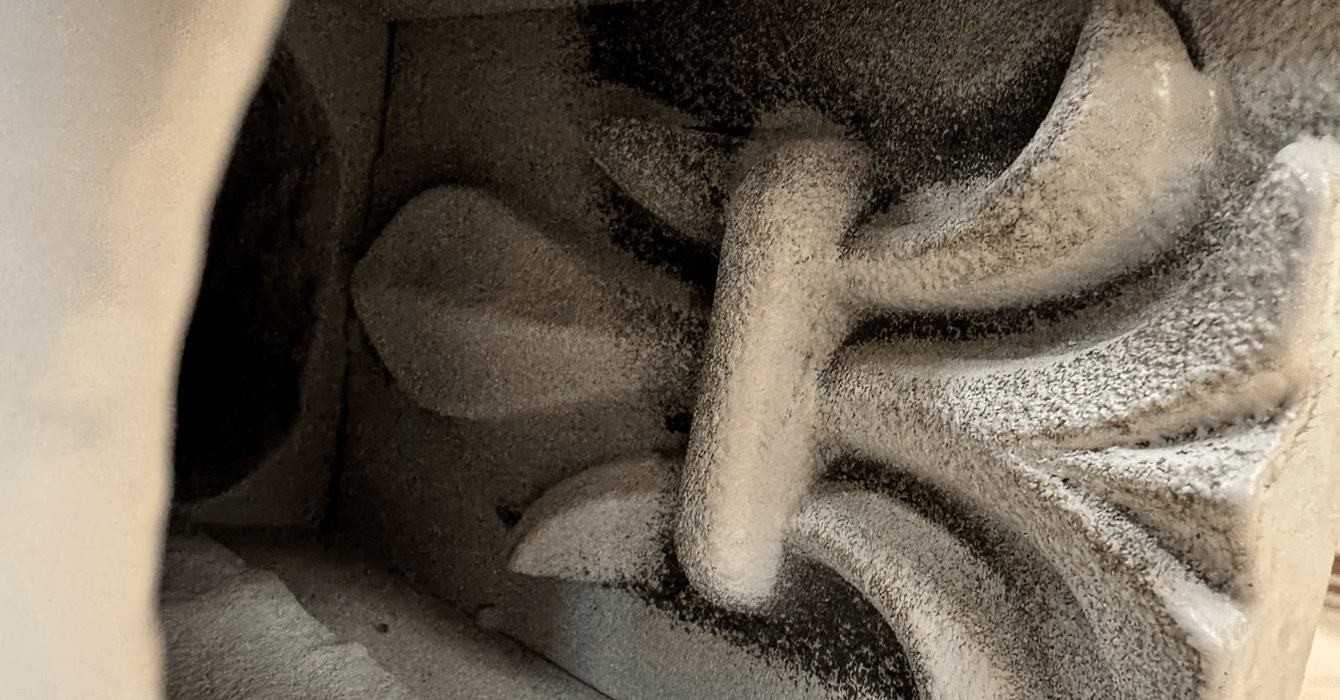
The original cast iron sections of the Mermaid Café were returned to site last week marking a significant milestone as conservation work continues on the building.
Here, we’re taking the opportunity to delve a little behind the scenes as we explore what “cast iron conservation” actually means and why it’s important.
Calibre Metalwork are a specialist company that have been employed to do the cast iron conservation for this and other projects in the Cleethorpes Townscape Heritage programme.
The main aim of the conservation work is to make sure that the corrosive, salty sea air doesn’t attack the metal for years to come.
Cast iron is a porous material and naturally absorbs some of the salt if it’s not protected. If the cast iron is stripped on site it means the metal rusts straight away and then if painted over the rust is encapsulated and the metal will rust from the inside out. Therefore the conservation involves several stages and has to be done off site, away from the marine environment.

The metalwork is blast cleaned to remove all the paintwork layers and any corrosion, then chemicals are applied to remove any remaining salt. Repairs are made where required, and before painting, it’s cleaned again before being primed and painted.
There’s three interesting features that were revealed during the conservation process:
In one of the barley twist columns, a break was found that had been repaired, probably by the foundry in the 1880s and has lasted for more than 140 years. The repair effected is very much how it would be done today – two holes were drilled and screws driven through to a retaining plate at the back of the break. This won’t be visible when the column is put back into place.
Once the paint was removed, the name of the foundry, “Lockerbie Wilkinson Birmingham” has been found at the bottom of one of the columns. This company was founded in 1876, the Mermaid built in 1884 so it’s early on in the foundry’s career, which spanned several decades. The foundry is most famous for its patented brass mechanisms that used to be on public toilet doors, where you inserted a penny into the top and turned the handle to open – possibly one of the origins of the phrase “spending a penny”.
As part of their restorations from across the country, Calibre retained all sorts of “scrap” oddments from previous work. One of the columns on the Mermaid needed a significant section replacing, that had to have a flat back (it backed against a wall). The perfect piece was found, that had a “Fleur de lys” cast into one side, but flat on the back. This was used to repair the column, but will never, unfortunately, be seen!
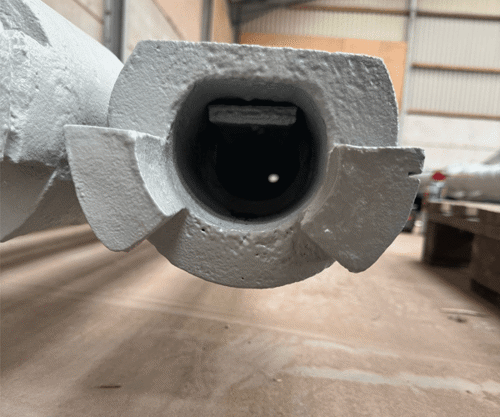
Andy Chant from Calibre Metalwork, said: “It’s been a challenging project overall – the thing with these types of project is they’re not meant to be dismantled in pieces! When a historic building is created, they tended to work from the ground up, with the roof last. To remove the columns holding the roof up isn’t the easiest!
“It’s a job we’ve really enjoyed doing, though – and as long as it’s maintained, it should be fine for another 150 years.”
Meanwhile, stonework around the building has been recreated by Paul Booth Stonemasonry. The columns that have been restored needed new stone bases to hold them in place.
Yorkshire sand stone was brought onto site, and working in partnership with Calibre to make sure the columns fit perfectly, the stone was dressed and chamfered to fit in with the rest of the building.
Conservation work to the Mermaid Café building on Cleethorpes’ North Prom sea front began in December last year and is due to finish ahead of the main summer season.
As part of the Discover Cleethorpes Heritage Townscape Heritage Programme, which has been funded thanks to National Lottery players through The National Lottery Heritage Fund, the Mermaid building was identified as one of the eligible properties to be able to bid for grant funding to help with external restoration works. Further match funding support was via The Railway Heritage Trust and the leaseholders of the building.
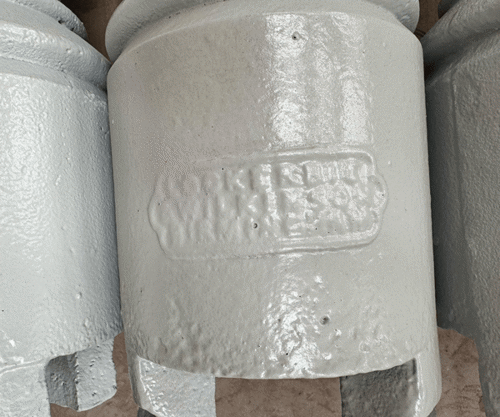
The project will ultimately see not only the conservation work to the Victorian cast iron framework of the building, but also full restoration and conservation of the timber elements of the building.
The building will also be re-roofed, and cast iron gutters and downpipes will also be replaced.
The colours for the building are those of the Manchester, Sheffield and Lincolnshire Railway – heritage colours comprising two tones of blue, ruby red and oyster white.
Carol Heidschuster, project manager for the Cleethorpes Townscape Heritage programme, said: “This has been a real collaboration of contractors, working together to get the best result for the building. The building will be completely transformed when the scaffolding comes down.”

